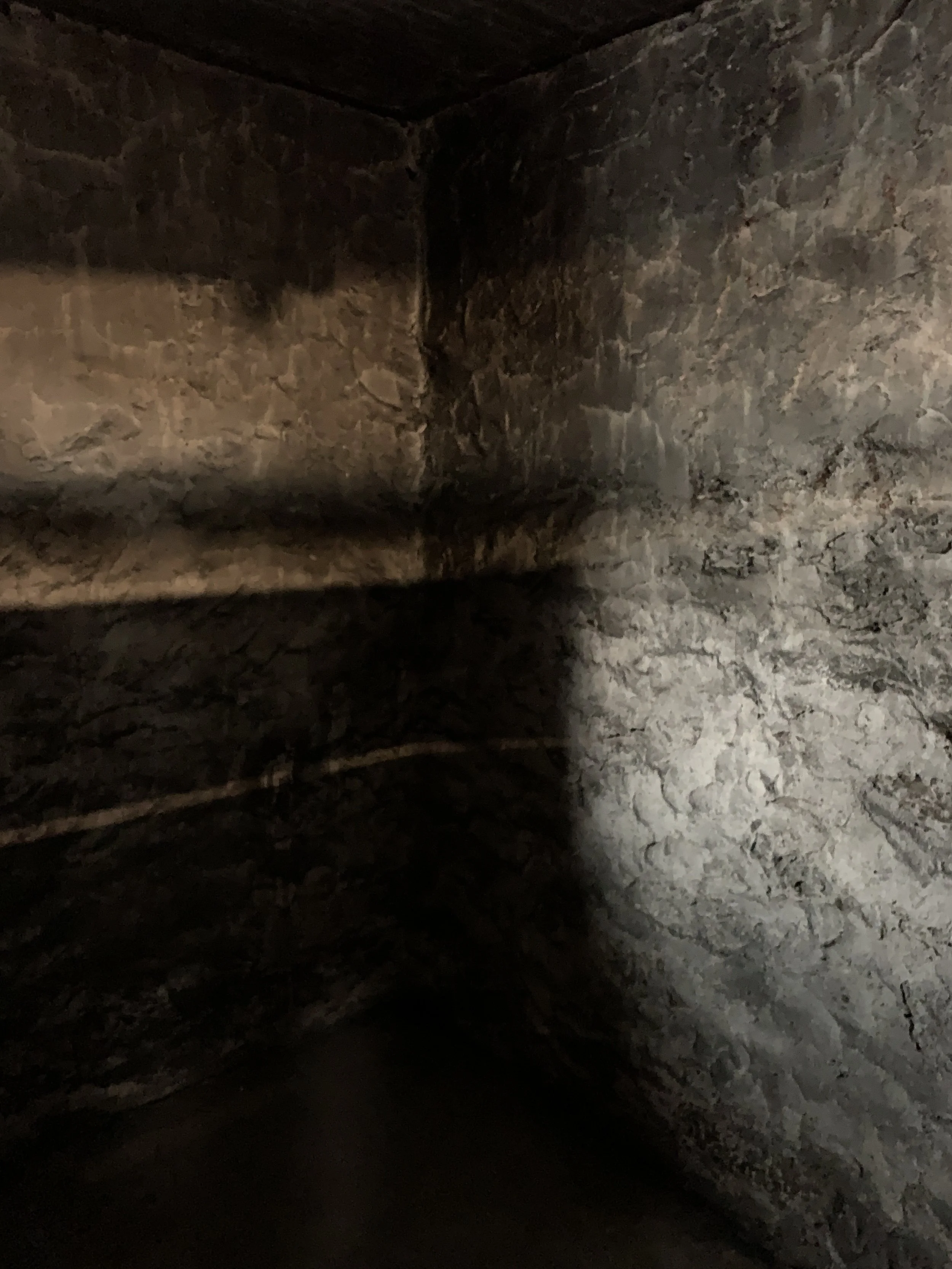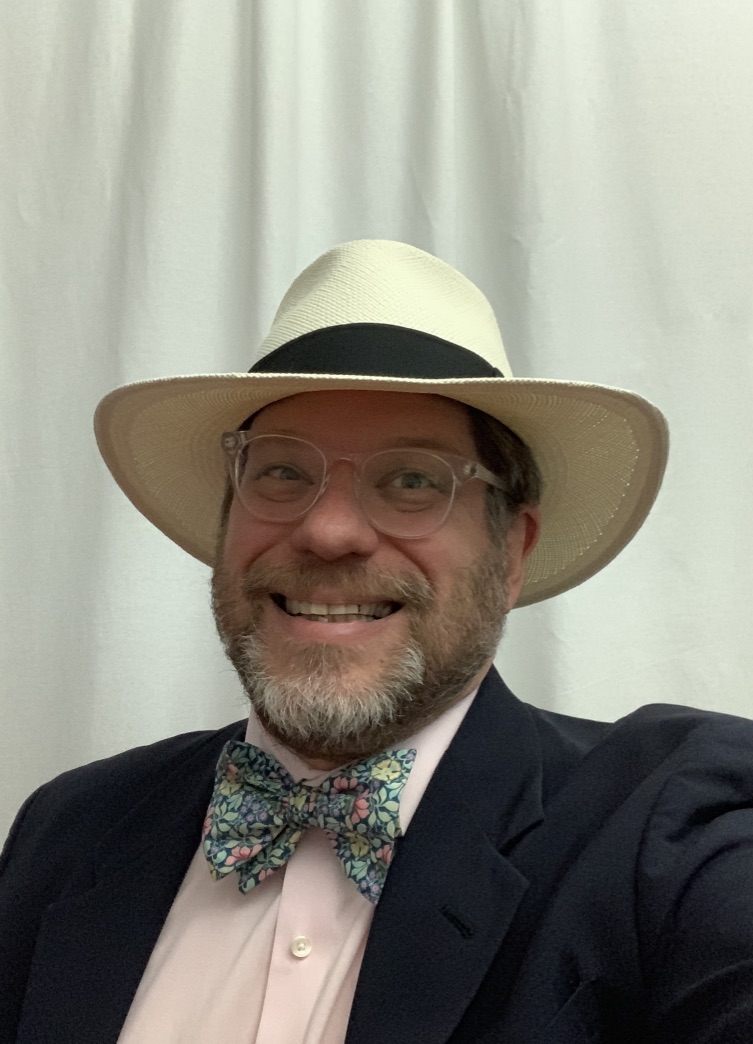Back when Mother died in early February you may remember me envisioning everything in her house crying out “Do you remember why I’m important? What are you going to do with me?” That’s led me to believe that you can tell the story of a life by what you remember about things - which inspires what may be an occasional series of recollections prompted by things.
Here we have the convergence of college, genealogy, books, architecture, and gratitude in Elise Lathrop’s boxed first edition of Historic Houses of Early America. How did I acquire this volume?
In the summer of 1984 I got my first apartment away from home, a fourth floor walkup on the backside of Beacon Hill that I shared with a straight dude from college (who was almost never there) and his Roman alley cat named for a television detective (who was always there, and my unwilling responsibility when roommate was not). It was not a very happy summer for a few reasons, but one of the happiest things was getting hired at the Vendome in Back Bay as a concierge in July. That began two and half years working there, ideal fo an English major because all you had to do was sit there, open the door, announce guests, be nice to people, and read all those Jacobean revenge tragedies for class. In some ways it’s been my favorite job ever.
Junior year I was on the 7-midnight shift Monday - Friday. Sometimes if a resident was bored they’d come down and chat with me, but that kind of socializing usually ceased about 10 PM and I could read undisturbed. A family moved in who’d been burnt out of their home in another Boston neighborhood: husband, wife, and young daughter. She couldn’t have been more than ten years old. In that first two weeks or so she’d come down, shyly, to talk with me. It was her way of getting acclimated to her new home, I guess.
So along comes Christmas, and one evening all three of them show up with a box for me. I knew the husband dealt in rare books, and in fact, the box revealed Historic Houses of Early America. “We were trying to guess your interests,” the wife said, “and we decided on Architecture.” Of course I was delighted and thanked them enthusiastically. Later, returning from an errand or something, the wife told me privately how very much they appreciated my being so friendly and patient with their daughter; it helped her adjust to new circumstances, and it sure made me feel good to find out I’d made a positive difference.
Well … Architecture wasn’t really an interest at that time. Genealogy was. Which made Historic Houses of Early America the perfect gift for me. Surprise!
This was the period when I was mad for genealogy and uncovering more of my family history. My Aunt Betty had reams of information already, and I was able to fill in some blanks for her in research as NEHGS. One of my closest friends at this time was a genealogist on their staff, in fact. Already far too comfortable knowing I was descended (somehow) from the Champions of kings of England, I then discovered Governor John Winthrop was an ancestor, along with a guy named Benjamin Drowne who was buried at Old North Church burial ground. I even made the discovery that my father’s parents were 15th cousins. (“You know the Wilkeses always marry their cousins!”)
My Granny Dimmick set a great store by all this ancestry. Even more important than the Dymoke connection (which was Grampa’s family anyway, not hers) was her descent from Fielding Lewis, who married George Washington’s sister Betty and sacrificed his fortune for the Revolution by running the foundry in Fredericksburg, Virginia. Granny’s ancestor was Fielding’s son John by his first wife, Catherine Washington, whose first cousin was the Father of Our Country. Granny cared enormously about claiming George as a cousin, and had reproductions of the Washington-Lewis and Dymoke coat of arms hanging in her dining room. (Come to think of it, Aunt Kate and Aunt Lal had small portraits of George and Martha hanging in the front hall of their big house on Moss Street.)






















